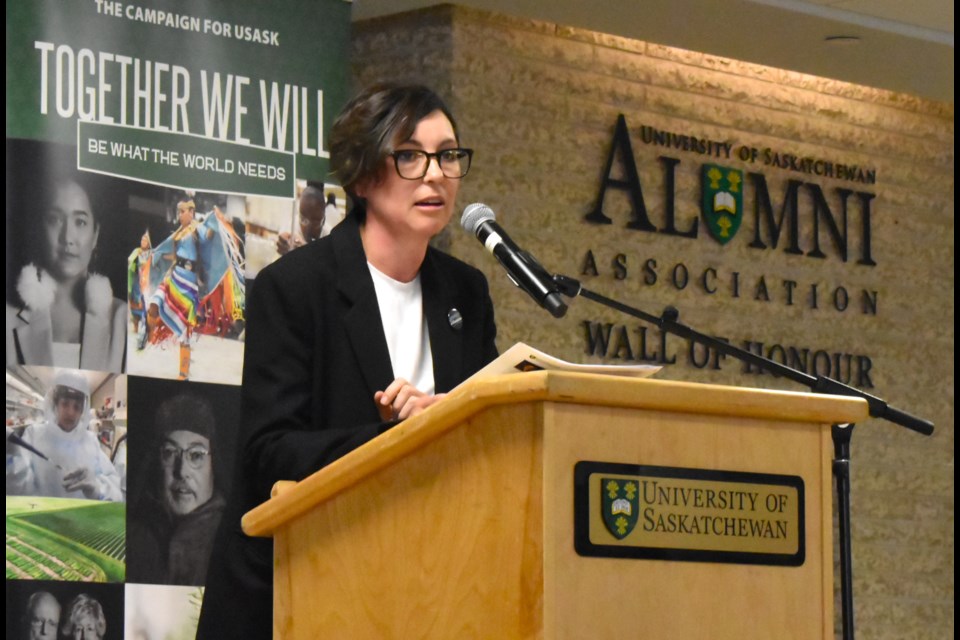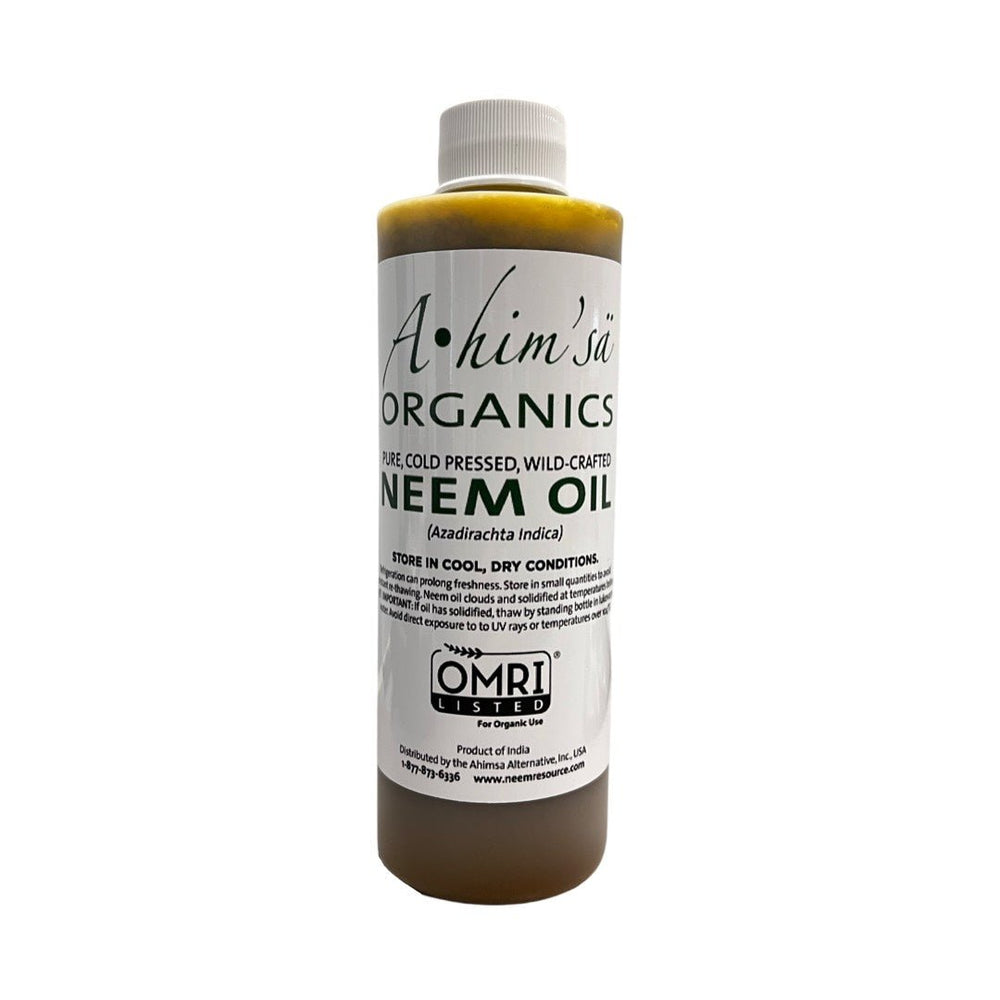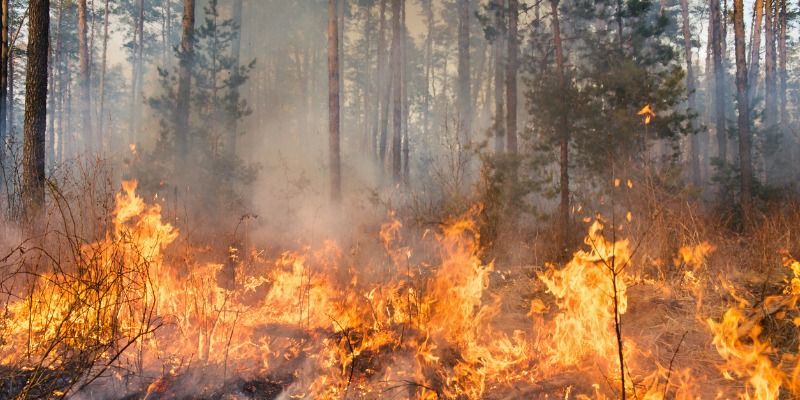By KATHERINE FERNANDEZ-BLANCE FOR THE WHIG-STANDARD
Updated 1 hour ago
Owen Fitzgerald didn't realize that weeding a plant on his farm would contribute to his death months later.
But, contact with wild parsnip that resulted in severe burnsto his hands and arms eventually sent the Portland resident to Smiths Falls Hospital, where he died on June28 at the age of 70.
"The doctor said that the (burns) were certainly acontributory factor because it just attacked everything,"Owen's sister in law Jo-Ennis Fitzgerald said.
Described by her and his brother Ron Fitzgerald as a generous and friendly man, Owen was an auctioneer by trade.
"He'd (auction) anything, households, or farms," his brother said.
Owen also donated his time to charities and organizations, and he was an avid farmer.
But, in the past five years, Owen suffered poor health and was in and out of the hospital.
Recently, he came into contact with the wild parsnip on his property. Without knowing what it was, he started pulling atit without gloves on.
"His hands started marking up and then it went up his arm," his sister in law said. Following the burn, Owen went tothe doctor, who prescribed him cream.
"Anywhere you touched him, it hurt," his brother said.
Though he had suffered ill health for several years, Owen's brother said that if Owen hadn't been exposed to theparsnip, he could still be alive.
What the family now wants is for people to hear Owen's story so this tragic outcome isn't repeated.
"Our primary concern is that we wanted to get this out to the public," Owen's sister said.
The biennial weed produces yellow flowers in its second year, the seeds of which are blown through the air, rapidlyreproducing the wild parsnip.
Although it is recognized as a noxious weed in the United States, Canadian provinces haven't followed suit.
"We do monitor new and emerging weeds," Susan Murray, media spokesperson with the Ontario Ministry ofAgriculture, Food and Rural Affairs said. "It is one we're monitoring."
If a weed has been designated noxious status under the Weed Control Act, it is the duty of those owning the land onwhich it is found to destroy the weed.
"It's based on weeds that interfere with land use for industries of agriculture and horticulture," she said.
United Counties weed inspector Larry Sudds has heard horror stories from those who have come in contact with theweed.
"We're getting an awful lot of complaints," he said. "They're usually prompted from people getting burns by it."
Sudds told the story of one woman who had just recovered from shingles, only to come into contact with wild parsnip.According to her, the pain from the weed was far more severe than her shingles had been.
"The degree of burns that some people are getting are just awful," he said.
The burns can last several weeks, but scarring can persist up to three years.
If the weed comes into contact with the eyes, temporary or permanent blindness can also result, though Sudds hasn'theard of this happening to any locals yet.
Luckily, simple contact with the weed isn't enough to cause burns or blindness.
"The first thing that has to happen is contact with sap from the plant," he said, adding that this is likely to occur whenplants have been broken by being trampled on.
"The second part is that it needs UV light from the sun to activate it," he said.
If skin does come in contact with the sap, public health officials advise people to immediately seek shelter from thesun and wash the exposed skin thoroughly with soap and cold water. If done immediately following contact, the skinwill likely not suffer burns.
Though contact with the weed can result in these severe consequences, Sudds is adamant that wild parsnip isn't fatal.
He had heard of Fitzgerald's death, but said it was more likely due to other health issues he suffered than because ofdirect contact with wild parsnip.
"(The cause of death) hasn't been confirmed at all yet," he said.
Despite the danger wild parsnip poses, Sudds said, doctors still commonly misdiagnose symptoms.
"The big risk that we face is that when people … are told that it's poison ivy and they go back home, they go right backinto the parsnip patch and get burned all over again," he said.
A year ago, weed experts said there was no risk of wild parsnip spreading into residential areas or into Kingston. Butjust last week, the weed was found three metres away from a play structure in the city, Sudds said.
"We're seeing it to some degree spreading into people's yards and gardens," he said.
Because each plant puts out 2,000 to 3,000 seeds, Sudds said it's easy to see why wild parsnip spreads so fast.
In addition to this, the 2009 pesticide ban also hasn't helped matters.
The provincial ban prohibits the use of pesticides for cosmetic weed control.
"We no longer (are) doing the roadside spraying," Sudds said, adding that this has likely helped the weed spread.
But, the legislation does allow for herbicide spraying if a weed poses an immediate threat to an individual.
"The most effective method is spraying," he said.
Even with weed management programs like spraying, Sudds doesn't see the wild parsnip disappearing soon.
"It's so prolific," he said. "It's going to grow in any area where it can grow in."
![]()




